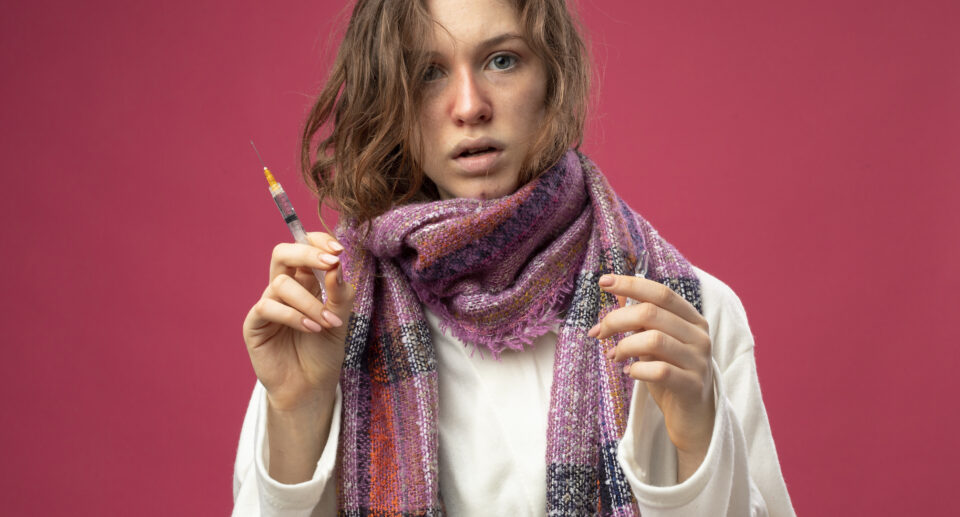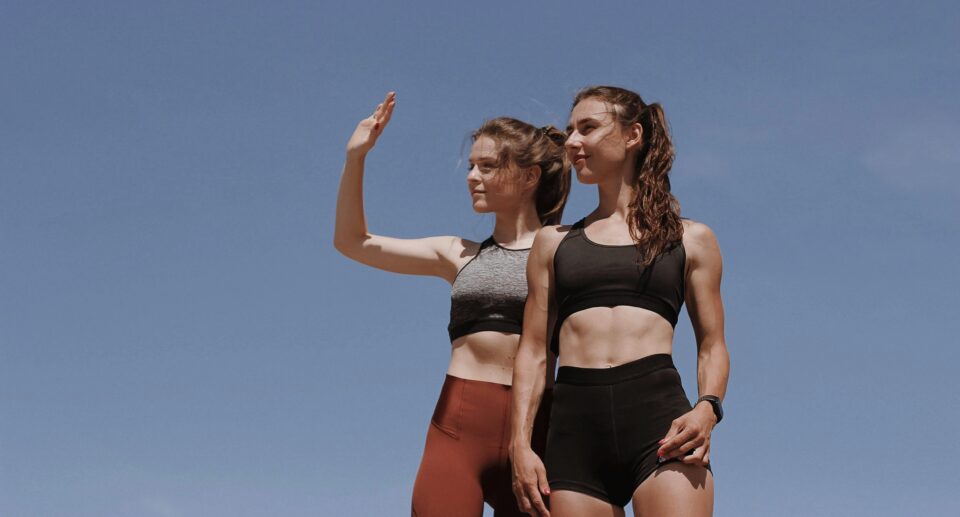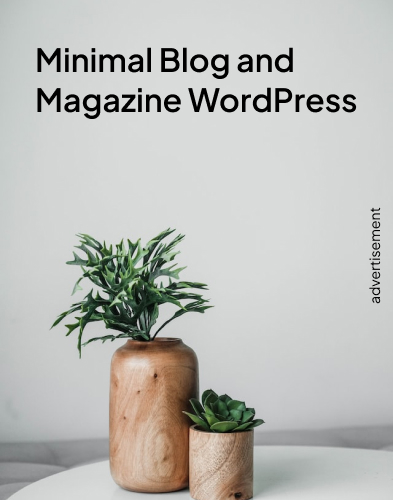The Global Trends, Styles, and Categories of Scarves, Shawls, and Gloves

Accessories like gloves, shawls, and scarves are important parts of this stylish discussion since fashion is a worldwide language that cuts across boundaries. These adaptable pieces make strong fashion statements in addition to being useful. This article examines the worldwide fashion trends for gloves, shawls, and scarves, looking at their various classifications, styles, and cultural significance.
Gloves, shawls, and scarves are classic fashion pieces that go beyond regional and seasonal variations. They are essential in the realm of fashion because of their adaptability and capacity to lend style or functionality to any ensemble. These accessories will surely adapt and stay essential to our wardrobes as global trends continue to change, representing the diverse range of global customs and styles. Scarves, shawls, and gloves are beloved accessories that elevate the elegance and practicality of our everyday clothing, whether for warmth, modesty, or style.
Scarves: A Versatile World
Among all the fashion accessories, scarves is probably the most adaptable. They are appropriate for a variety of seasons and events and are available in an endless array of materials, forms, and designs.
Scarf Types
Square scarves: These are usually thrown over the shoulders or around the neck, folded into a triangle. Luxurious silk square scarves from Hermes are well known for their elaborate designs and vivid hues.
Rectangular scarves: The most popular style also referred to as rectangular scarves. There are various ways to wrap, tie, or drape them. This category includes scarves made of cashmere and pashmina, which provide both elegance and warmth.
Infinity scarves: Infinity scarves are scarves with loops that are looped without ends and worn around the neck in a circle. They are well-liked since they are simple to style and give off a warm, wrapped appearance.
Headscarves: Like the hijab in Muslim countries or the tichel in Jewish communities, headscarves are both practical and stylish and are frequently worn for cultural or religious reasons.
Worldwide Patterns and Attires
Europe
Scarves are a common fashion accessory in Europe, particularly in the colder nations. Paris, which is frequently regarded as the global center of fashion, features a wide variety of scarves, from airy silk ones for spring to substantial knit ones for winter. Scarves are an essential component of both men’s and women’s wardrobes in Italy, frequently lending an air of refinement to an ensemble.
Middle East:
In the Middle East, scarves are deeply ingrained in culture and are frequently worn for religious purposes. However, the region’s fashion designers have given traditional headscarves a modern twist and colorful patterns, making them a globally recognized fashion accessory. Companies such as Shemagh and Hijab House have become well-known worldwide for their chic and up-to-date designs.
Asia
Indian and Pakistan traditional clothing, including shalwar kameez and lehengas, is incomplete without scarves, or dupattas. Many times, these scarves include elaborate beaded or heavy embroidery embellishments. Lightweight silk or cotton scarves are used as accessories with kimonos and yukatas during the cherry blossom season, and they are quite popular across Japan.
North American continent
Scarves are a fashion staple in North America, adding versatility to any ensemble. Every climate and style preference may be accommodated with a scarf, ranging from the cashmere wraps that are popular in New York winters to the lightweight cotton scarves that are popular in California summers. Statement scarves with fringe and prints are a common feature of the boho-chic fashion.
Shawls: Warmth and Elegance
Shawls are usually worn wrapped over the shoulders and are larger than scarves. They are seen to be elegant and are frequently used to add warmth or for formal events. Shawls are worn in a variety of ways all over the world and are made of a variety of fabrics, including light wool and luxurious cashmere.
Shawl Types
Shawls made of pashmina: These magnificent cashmere wool scarves are handmade in Kashmir. Their beautiful needlework and warmth make them highly valued.
Knit Shawls: These can be small wraps or thick, cable-knit shawls; they are frequently created by hand. Because of how cozy and warm they are, they are well-liked in colder regions.
Silk Shawls: Marked by its refined style and velvety feel, silk shawls find frequent usage in formal environments. They come in printed, embroidered, and plain styles.
Tartan Shawls: Traditionally worn in Scotland, these woolen shawls are linked to particular clans and have plaid designs on them. They have become more well-known all over the world due to their timeless and classic charm.
Trends and Styles Worldwide
South Asia
Shawls are a vital part of traditional clothing in Pakistan and India. The beautifully embroidered Kashmiri shawl is a representation of richness and artistry. Woolen shawls called “pattus” are frequently used for warmth in colder climates such as Himachal Pradesh.
The Middle East
In the Middle East, shawls are frequently worn as a chic adornment for special events or as an extra layer over abayas. Usually constructed from luxurious fabrics like silk, they are embellished with elaborate designs and patterns.
South America
Shawls referred to as “rebozos” are an essential part of Latin American culture. Women frequently carry their children in these hand-woven shawls or wear them as a traditional adornment. They are diverse in hues and designs, showcasing the area’s rich textile history.
Western Nations
Shawls are frequently viewed as sophisticated accessories for formal occasions or evening attire in Western nations. Shawls made of cashmere and pashmina are especially well-liked for their opulent texture and warmth. Shawls are popular among stylish people who want to elevate their ensembles with a sophisticated touch because of their adaptability.
Gloves: Purpose and Style
Gloves have a long history of being used for both practical purposes and as a fashion accessory. They give grip, shield the hands from the cold, and elevate any ensemble. Glove styles and applications have changed over time to mirror shifts in society standards and fashion.
Glove Types
Winter Gloves: These gloves are made to keep hands warm in cold conditions, usually from materials like wool, fleece, or leather. They frequently have extra waterproofing and insulation.
Leather Gloves: Well-liked by men and women alike, leather gloves are renowned for their strength and flair. For extra warmth, they can include wool or cashmere linings.
Fingerless Gloves: These gloves provide for flexibility and warmth at the same time. People who must use their fingers for duties like typing or using a smartphone frequently use them.
Evening Gloves: Also called opera gloves, these are lengthy, past-the-elbow gloves that are usually worn with formal clothing. Usually, they are constructed from pricey fabrics like silk or satin.
Driving Gloves: Usually constructed of soft leather with air holes, these gloves are designed to give grip and control while driving.
Sport and utility gloves: Sport and utility gloves are those made for certain tasks like riding, skiing, gardening, or construction. Their purpose is to improve performance and offer protection.
Worldwide Patterns and Styles
Europe
Gloves have long been connected to sophistication and elegance in Europe. Fine leather gloves are well-known from Britain, where Dents and Aspinal of London are two of the leading brands. During the winter, knitted and insulated gloves are a need in countries with lower temperatures, such as Sweden and Norway.
North America
Gloves are a fashion accessory as well as a practical need in North America. In areas with severe winters, leather gloves elevate any ensemble, while winter gloves are a necessity. Because of their usefulness, fingerless gloves have gained popularity, particularly among tech-savvy people.
Asia
In Japan India, and Pakistan, gloves are frequently used as a fashion accessory. Satin and lace gloves are especially well-liked for formal events. Fur-lined gloves are essential in colder climates, such as Mongolia. Gloves are also worn for utilitarian reasons in several Asian countries, such sun protection or motorcycling.
the Middle East
Due to the warm weather, gloves are not as popular in the Middle East, however they are nevertheless worn for specialized activities like driving and horseback riding. For these kinds of sports, breathable, lightweight gloves are ideal.
South America
Gloves are typically worn for utilitarian purposes in Latin America. Woolen gloves are typical in cooler climates such as the Andes. Leather gloves are also well-liked for outdoor tasks and riding.
The Development of Accessory Fashion
Technological Progress
Technological developments in textiles have produced new fabrics that improve the use of shawls, gloves, and scarves. For example, to improve comfort and insulation, winter gloves and scarves are made of thermal and moisture-wicking materials. Smart gloves that are compatible with touchscreens have also gained popularity, enabling users to use their devices without taking off their gloves.
Individualization and Tailoring
As digital platforms and online purchasing have grown in popularity; personalization and customization have emerged as major trends in the fashion accessory industry. Customers can now create their own shawls, gloves, and scarves by selecting the fabric, color, pattern, and embellishments. People may show their particular interests and styles thanks to this trend.










